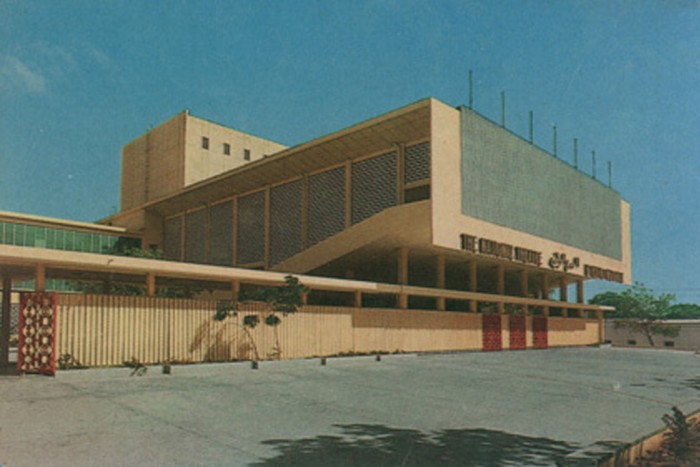Among the things that define Africa’s ‘Golden Horn,’ is the constant onslaught of war the country has had to endure. While the civil war abated, factional in-fighting continued, leaving little hope for stability.
Al-Jazeera describes Somalia’s modern history as “tale of independence, prosperity and democracy in the 1960s, military dictatorship in the 1970s and 1980s - followed by a desperate decline into civil war and chaos almost ever since.”
The events throughout the country’s history has resulted in the displacement of more than one million Somali refugees. It’s members of this growing diaspora that convened to rediscover the country’s built history. Among the lives moved across borders, and lost altogether, a number of Somalia’s heritage sites and civic structures were also destroyed.
With the aim of restoring this history and bound by their love for their home country, Somalia Architecture was formed by architecture students from the US, UK and Italy. Their mission is to restore the past, while simultaneously leaving traces of what’s happened.
What started as a platform to share images of pre-war Somalia has evolved into a research project that reproduces the buildings digitally in 3D form. This provides some semblance of the Somalia they once knew.
The project seeks to preserve the the country’s rich history and the team is confident in their resolve that “it is through understanding history that you can achieve conscious modernity.”
So far they’ve gotten to work on digitally restoring Mogadishu’s National Assembly, National Theatre and Old Parliament buildings, as well as religious institutions like Masaajidk Ishahaysiga (The Mosque and Islamic Solidarity) and the Roman Catholic Church among others.
To see more of their projects, visit Somali Architecture's website.
